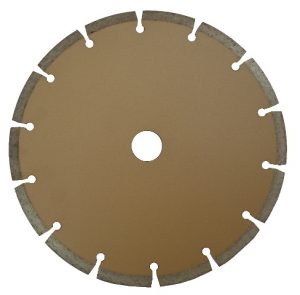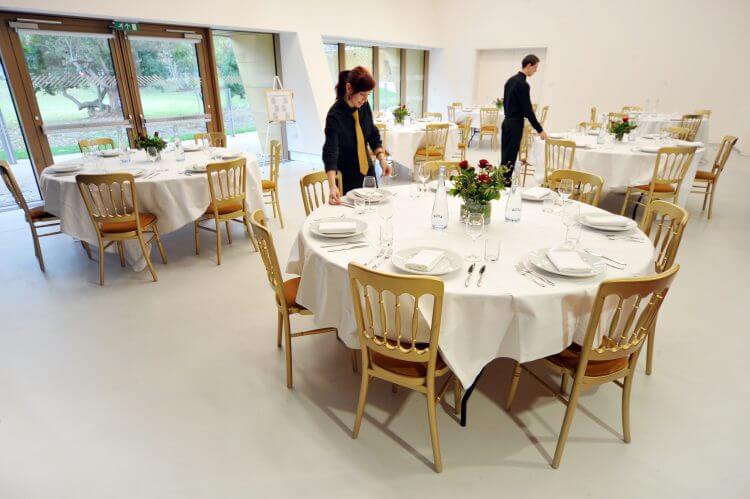Contractors have lots of questions in regards to picking the perfect diamond blade for the job. There are a tonne of options out there for diamond blades and various kinds of saws to run them on, choosing the right one can be difficult if you do not know what to look out for.
Your options in diamond blades
Many diamond blades are designed as general purpose style blades. That means they will cut a wide array of materials with optimal speed and lifestyle. The dilemma is that materials range in hardness and abrasiveness. These two characteristics make a huge difference when choosing the correct blade.
As you may already know, diamond blades come in many grades from economy and standard to superior, supreme and professional. What most people do not realise is that the type you select is less important than the right design or bonding using a blade in many conditions. How is this so? Consider the following example:
Two operators with the same blade on precisely the same saw will have two completely different results when running the blade through two different materials. Why? The solution is simple. The aggregate of this substance will cause the blade to behave differently. One is hard concrete, while the other is thicker and more abrasive.
Diamond tool manufacturers like “FLOOREX” have their way of making a diamond blade. Some tend to create the blades a little harder, and some tend to create the blades somewhat softer. These factors do not have anything to do with quality and merely refers to the bond that holds the diamond in place. The latter has a great deal to do with the speed and life of your blade, even more than the grade or quality of the diamond itself.
For instance, let us say that you have a blade with a high diamond content and one of the best that money can buy. You have a costly blade and will naturally have high expectations regarding the performance and durability of the blade you have purchased. Let us suppose that the blade is soft bonded (the metal bond which holds the diamond in place) and you run this blade onto some abrasive materials, like a slab of concrete with plenty of limestone in it. The latter is an abrasive type of material that is easy to cut for virtually any blade. The issue is that they will cause the diamond section to wear away faster. Thus the blade’s service life will be short, and your expensive high-end blade just got wasted.
Conversely, let us choose another situation. Let’s suppose you have a blade and you need to cut some hard brick, clay, concrete pavers, or even some hard natural stone like quartzite or flagstone. The difficulty you face is twofold– how to get good life from your blade, but more importantly, how to get the blade to cut faster through the stone? Time is money, and if you are facing a job in which the material is a difficult one to cut, your focus should always be on blade performance and not the life of the blade. So always find a blade that gives you high performance over service life when working with hard materials.
If you run a blade on hard materials, and you discover that the blade is tripping, bouncing, or clipping slow, you have what’s called a bonding issue with the section. Again, this has less to do with the calibre of this blade, and more to do with the hardness level of this segment that holds the diamond in place.
When working with harder materials, you desire a blade to have a milder segment bond so that the diamonds do not glaze over and they stay exposed to the cutting process. When a blade is bouncing or tripping or only cutting slow, you either need to fix the blade or try to find a different style of the blade to do the task. An excellent way to fix the blade and restore the diamond segment would be to run it through a soft abrasive material such as block or sandstone or perhaps asphalt. Doing so will clean up the glaze in your blade left out of the hard material and will expose the diamonds for you. You Might Need to do this procedure a few times to get the job done.
Learn more about the proper selection and use of diamond grinding tools in Australia by checking out websites that tell you more about the matter. After all, any job becomes easier and safer when you are using the right tools,



